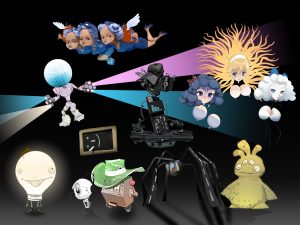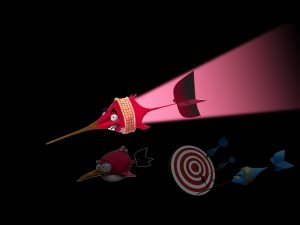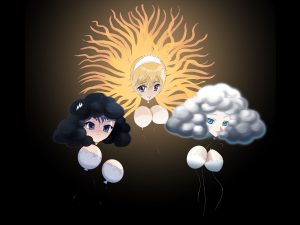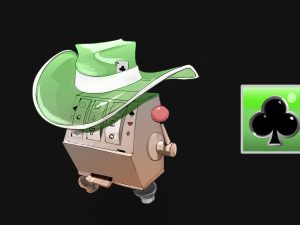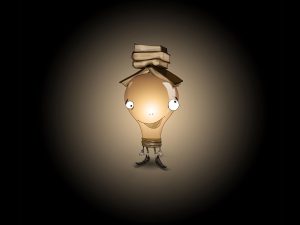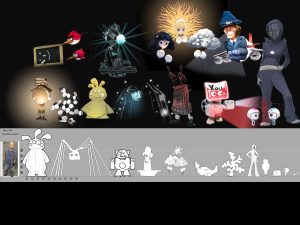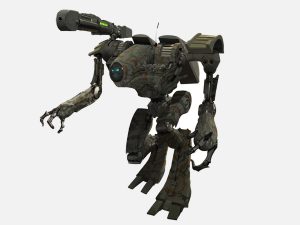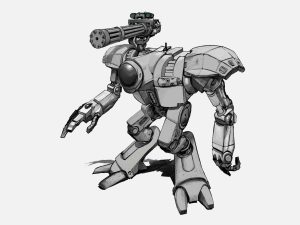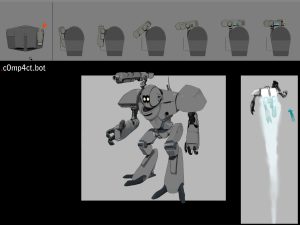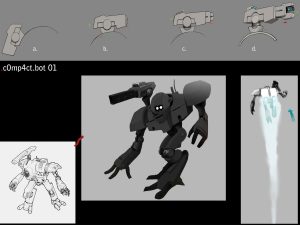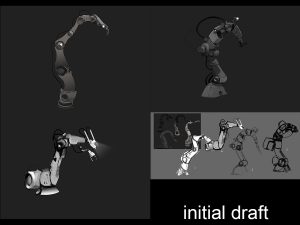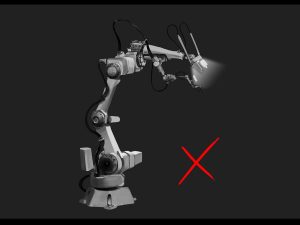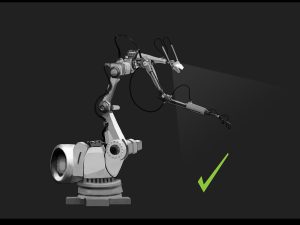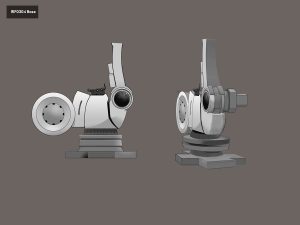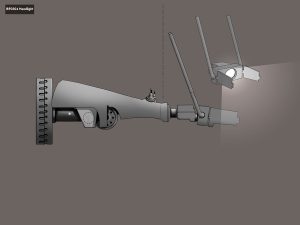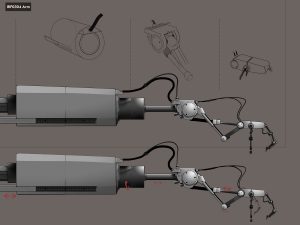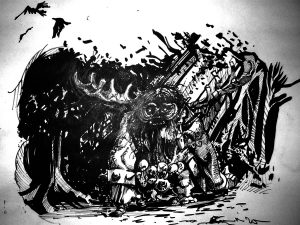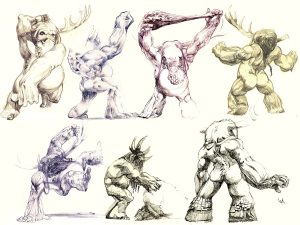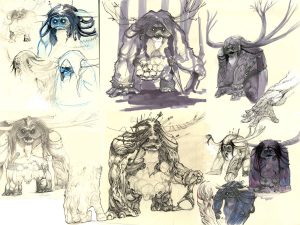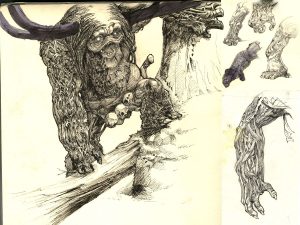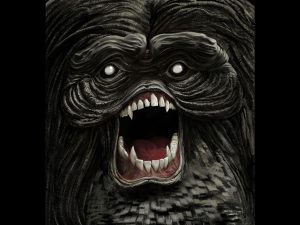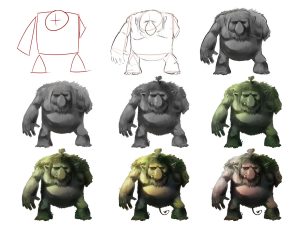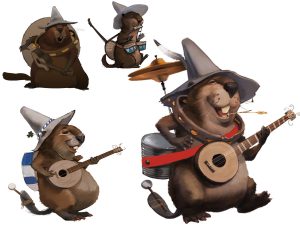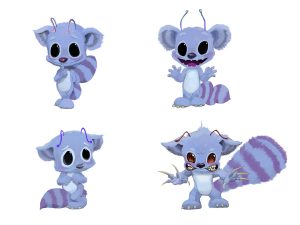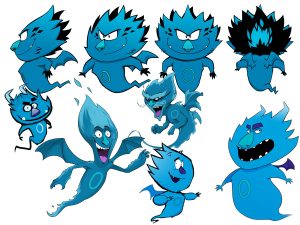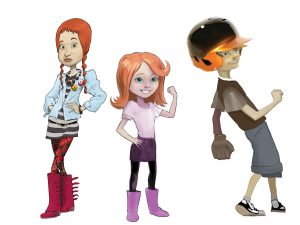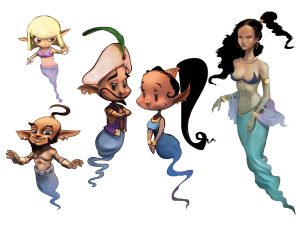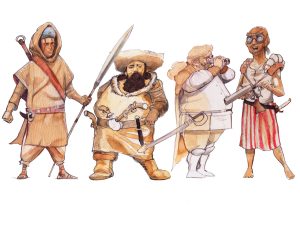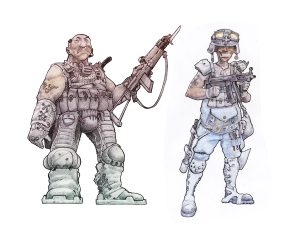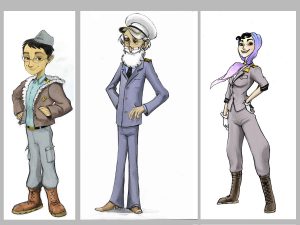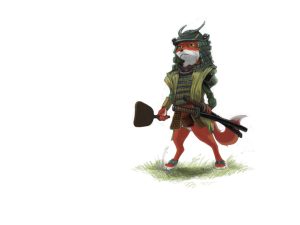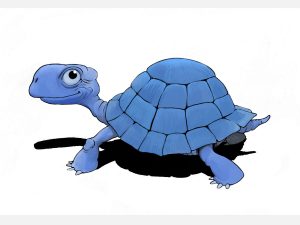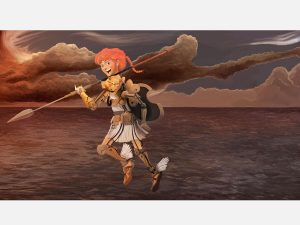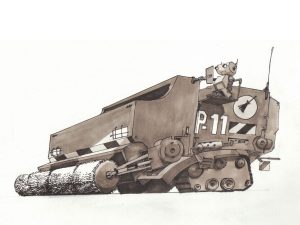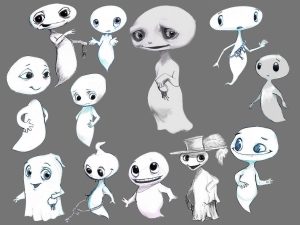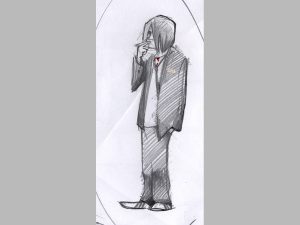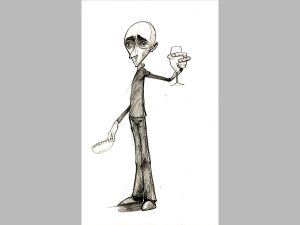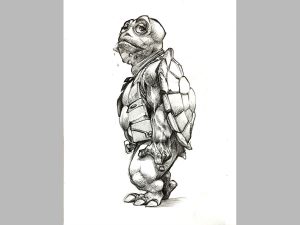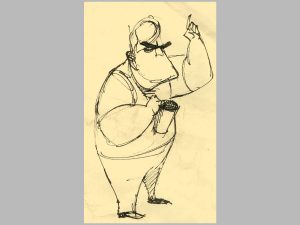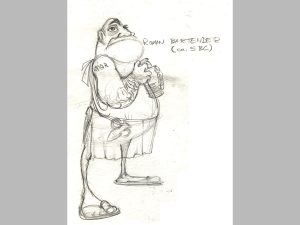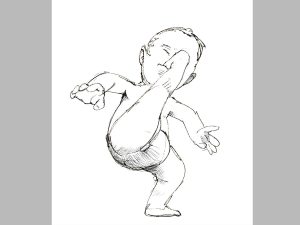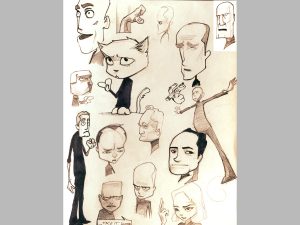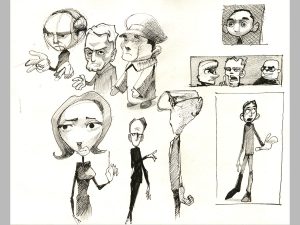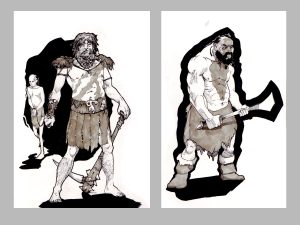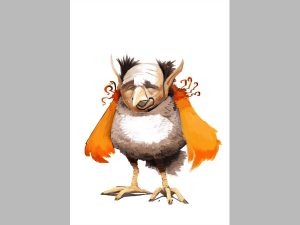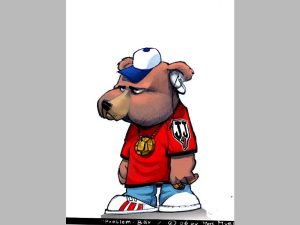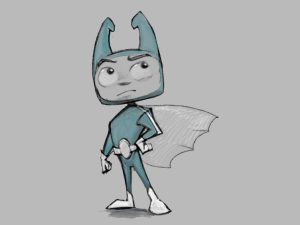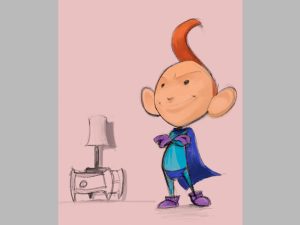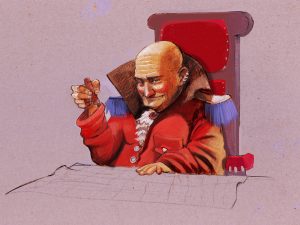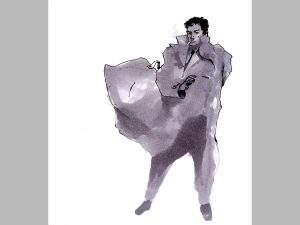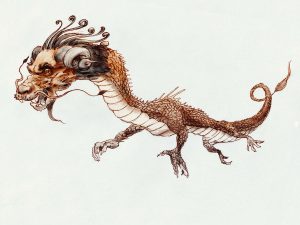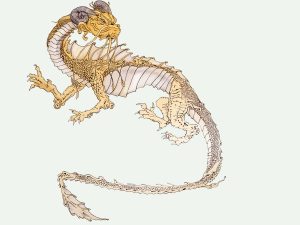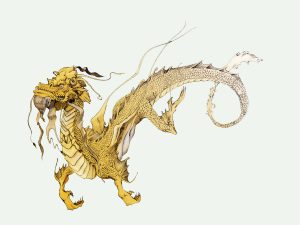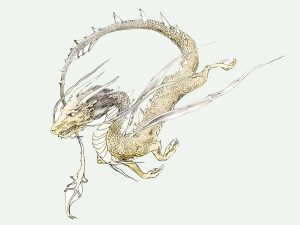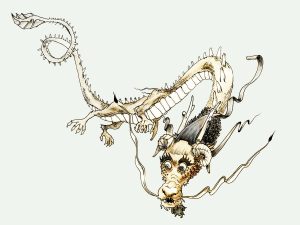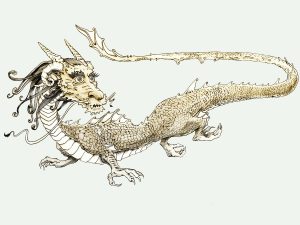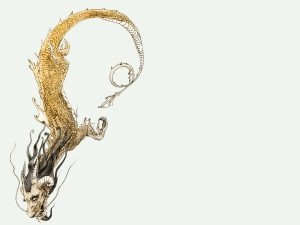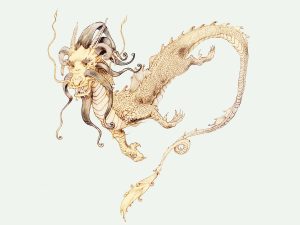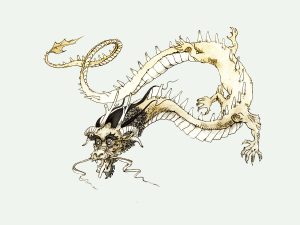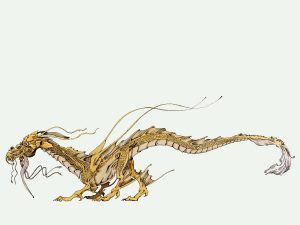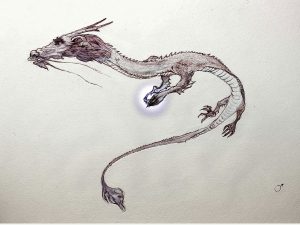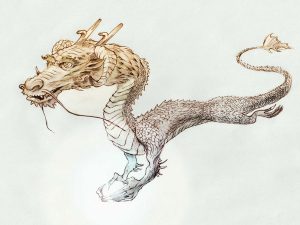Character Design: Approach and workflow
When creating or designing a character I divide into two essential steps; the development of a fictional personality and the visual design.
The former encompasses the carving out of a believable, coherent personality as a base for a role in a narrative or interactive-narrative media (such as film or game) and its relation to other characters.
In the process I do not only define the appearance in theory but also the character's biases and aversions, hopes and fears, peculiarities in the personae and its relationship to its environment and other characters with whom it interacts.
For this step I like to use a “fiction writers character chart” (you can find and download free online) , a multilateral questionnaire for the definition of a fictional person, which provides all kinds of questions about a character . By answering these questions, one can create a tight woven net of attributes and qualities to bring the character to light and also to rule out contradictions in the behaviour or appearance...and it helps to really “get to know” the character.
The result of this step shapes the foundation as well as a source of inspiration for the next step, the visual design.
If the character is predefined by someone else, I read into it and look for additional inspiration and references before I start with the drawing.
(When designing characters without a narrative environment [as in for e.g. ads or posters], the development of the personality is a step that can be skipped, usually.)
In the visual design I start out with loose scribbles, working from without to within. I “feel” into the lines, developing a strong shape. My goal here is to develop a strong clear silhouette which carries the character and makes it recognisable. I play around with proportions and statue, using strong and simple lines to define composure and attitude, also, if applicable, I draw interactions with objects or other characters.
Single scribbles seem like micro-development stages; through repetition and steady changes, discards and improvements, the pen-strokes eventually find “the right thing”.
I follow up with studies of details, face, variations of clothing or texture as well as to functionality, while moving and in proportion to the environment.
For the wiggle room, I like to make at first some strongly diverging variations of a character, to see and show which options present themselves. Once the client decided which direction to pursue, the detail work follows.
In the smooth and polish stage I experiment with colours, points of view and postures.
When needed, I create “Modelsheets” of the character, precise side- front-and back-view drawings for processing in 3D modelling or 2D animation.

